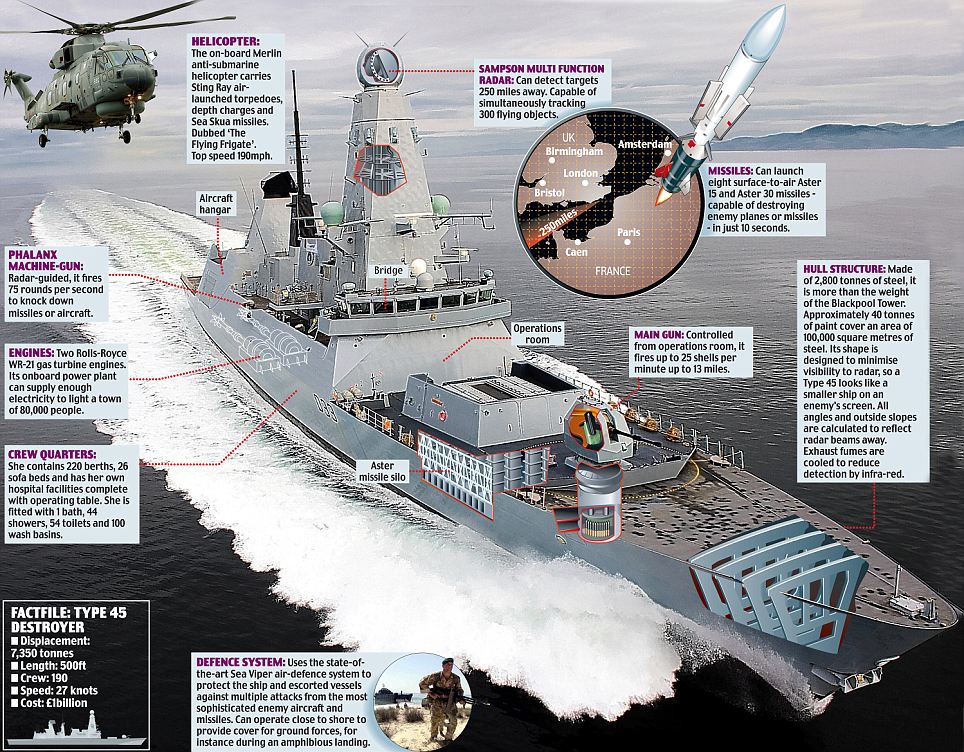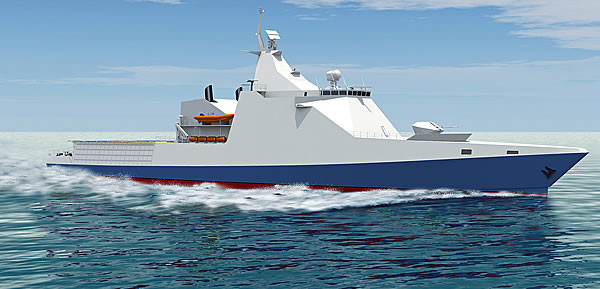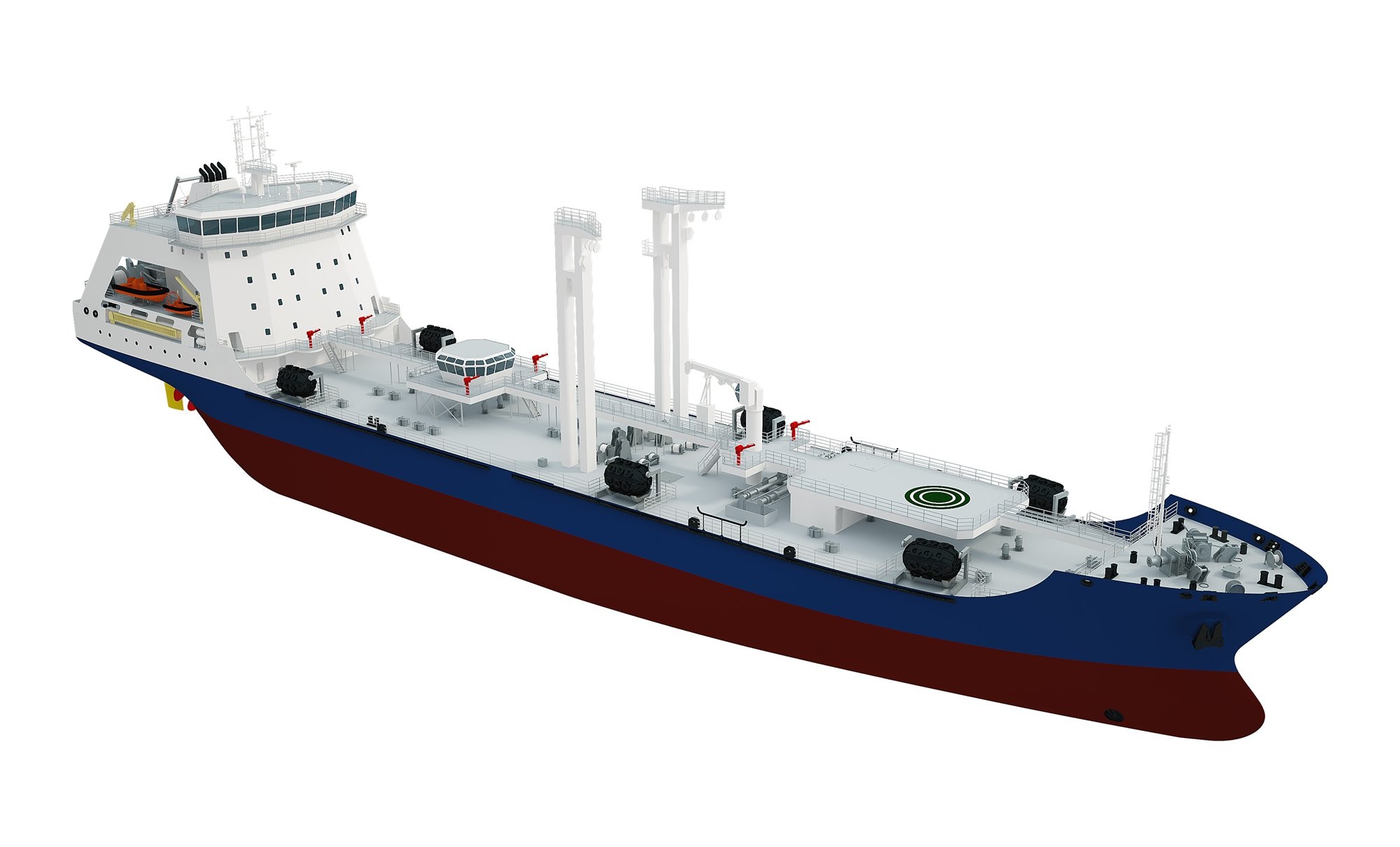Rashid Mahmood
MILITARY PROFESSIONAL

- Joined
- Nov 19, 2013
- Messages
- 3,802
- Reaction score
- 38
- Country
- Location

The Daring Class
Type 45 concept
The final Type 45 design is 152.4m long and 21.2m wide, with a standard displacement of 7,350t and full displacement of 7,800t. The ships will cruise at 17 knots using all-electric propulsion, powered by 2 WR-21 advanced cycle modular gas turbine engines, with intercooler and exhaust recuperator (ICR) heat exchangers to reduce fuel consumption. Each turbine will provide 25MW of power, and the propulsion systems will be built by a team that includes Rolls-Royce, Northrop Grumman, and Alsthom Power Conversion Ltd. Expected top speed is 27 knots, but in trials, HMS Daring reportedly bettered 30 knots with both turbines engaged. At 190 sailors, the embarked crew will be smaller than previous ships, with better accommodations and provisions for up to 235. The ship will also be able to carry up to 60 Royal Marines.
Daring Class weapons will include the 4.5-inch Mark 8 Mod 1 gun, and a pair 30 mm guns integrated to an Electro-Optic Gun Control System. The ships were not initially fitted with defensive weapons like Raytheon’s 20mm Mk15 Phalanx or Thales’ 30mm Goalkeeper for last-ditch missile defense and close-in kills, but late 2011 will see installation and trials of the Phalanx Block 1B.
For anti-submarine use, the ships will rely on a multi-function MFS-7000 bow sonar, and Stingray anti-submarine torpedoes that must be launched from its helicopters, since the ship carries no torpedo tubes. The ship will also be equipped with the Surface Ship Torpedo Defence System, designed to protect the ship against the threat of advanced current and future torpedoes.
The embarked helicopters will initially be Lynx HMA Mark 8s, but could eventually be EH101 Merlins or AW159 Lynx Wildcats, with all associated weapons. Since the Type 45s will not initially be fitted with any anti-ship missiles, they will also be forced to depend on their helicopters for this capability.
Weapon Systems
The Type 45′s main armament is its PAAMS air defense system, now known as “Sea Viper.” Sea Viper has several components.
The ship’s radars are what will really set it apart from previous vessels. BAE’s SAMPSON is an dual-face, active-array, digital beamforming radar that operates in the E/F bands, and can continuously and simultaneously illuminate a large number of targets for surveillance and fire control. It will be supplemented by the Long Range Radar (LRR), which is an evolution of Thales’ SMART-L active array volume search radar. The Thales/Marconi S1850M operates in the D-band, for wide air and surface search that can include ballistic missile tracking.
A digital Vigile DPX R-ESM system from Thales will help the destroyers monitor the electromagnetic environment around them, picking up on key items like incoming missile radars. Thales’ Vigile is designed to operate in electro-magnetically “crowded” environments, like the near-shore littoral zones.
Once targets are detected, BAE’s combat system will be able to call on the ship’s 48-cell Sylver A50 vertical launcher system (VLS). That means a mix of up to 48 missiles that can include medium range Aster-15s with a 30 km/ 18 mile reach; or the longer range, ballistic missile defense capable Aster-30s with an 80-100 km/ 50-60 mile range. Smaller Sylver A43/A35 launchers can quad-pack 4 short-range Crotale NG/VT-1 missiles per cell, but these weapons are not expected to be part of the Type 45′s armament.
Other roles beyond air defense and anti-submarine duties are possible for the Daring Class. These ships will be able to act as a base platform for a deployable headquarters, and will be able to embark up to 60 troops and their equipment, over and above the ship’s normal complement. A modern medical facility is available with surgical facilities, and the ships can take on up to 700 people in support of a civilian evacuation.






















